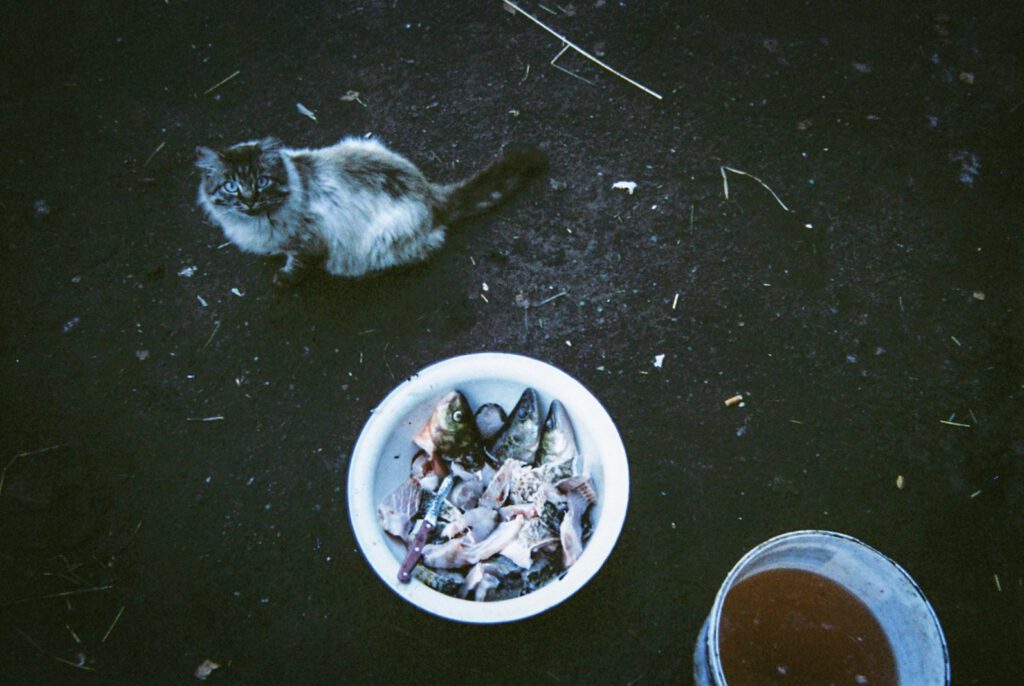Chernobyl inhabitants were given cameras to document their everyday lives
Dr Thom Davies, Research Fellow at the Department of Sociology, University of Warwick @ThomDavies
The Chernobyl nuclear accident in 1986 was by many measures the worst environmental disaster in human history. Roughly ten times larger than the Fukushima accident that would lay waste to swathes of Japan almost exactly 25 years later, Chernobyl remains a worrying issue for thousands of people living in Ukraine today.
The number of premature deaths caused by the disaster has always been contested,¹ but the social and psychological impacts are less opaque. Over 350,000 people became ‘nuclear refugees‘ in the wake of the accident, and today roughly 2.15 million people still live on territory that the Ukrainian state has designated as contaminated by low level radiation.¹ Harvard Professor Serhii Plokhy has just published the first comprehensive historical book about the nuclear accident, titled ‘Chernobyl: History of a Tragedy’. What my research shows however, is that for those who still live on territory impacted by radiation, this disaster is far from resigned to history, and is an ongoing experience.
Life is particularly hard for those who live on the edge of the Chernobyl Exclusion Zone, a highly toxic and forbidden territory roughly the size of Greater London. The photo project discussed here is not designed to reveal the scale of the tragedy, but its intimacies: the personal, embodied, and everyday perspective. While Chernobyl has become an avatar for living in what sociologist Ulrich Beck called a ‘risk society’, it is also a place where people live, laugh, and fall in love. This academic and photographic project is inspired by Adriana Petryna’s work ‘Life Exposed‘ where she described ‘the blinding light delivered by Chernobyl’.
“Disposable” not only stands for the photographic medium used, but also the way many people feel they have been treated by the Ukrainian state’
Disposable citizens is a photography project that reveals images made by people who live in the radiated landscape around the Chernobyl Exclusion Zone in Ukraine. Participants were given disposable cameras and asked to show what it is like to live in the shadow of the nuclear disaster. This project formed part of my PhD research in Ukraine, as I did ethnographic research in the villages and town that are still occupied near Chernobyl.
‘Disposable’ not only stands for the photographic medium used (outmoded single-use 35mm film cameras), but also the way many people feel they have been treated by the Ukrainian state. Many people who live with Chernobyl believe they are regarded as disposable citizens, abandoned by the government to an uncertain future.
The images they made provide an intimate look into the hidden geographies of Chernobyl. In a landscape where the spectre of radiation is inherently invisible, being able to see spaces beyond the observable becomes all the more important. It is an ephemeral search for what Michel de Certeau called “spaces that cannot be seen.”
This collaborative project involved using forty disposable cameras. A selection of the images from Disposable Citizens are shown below. You can find more here:


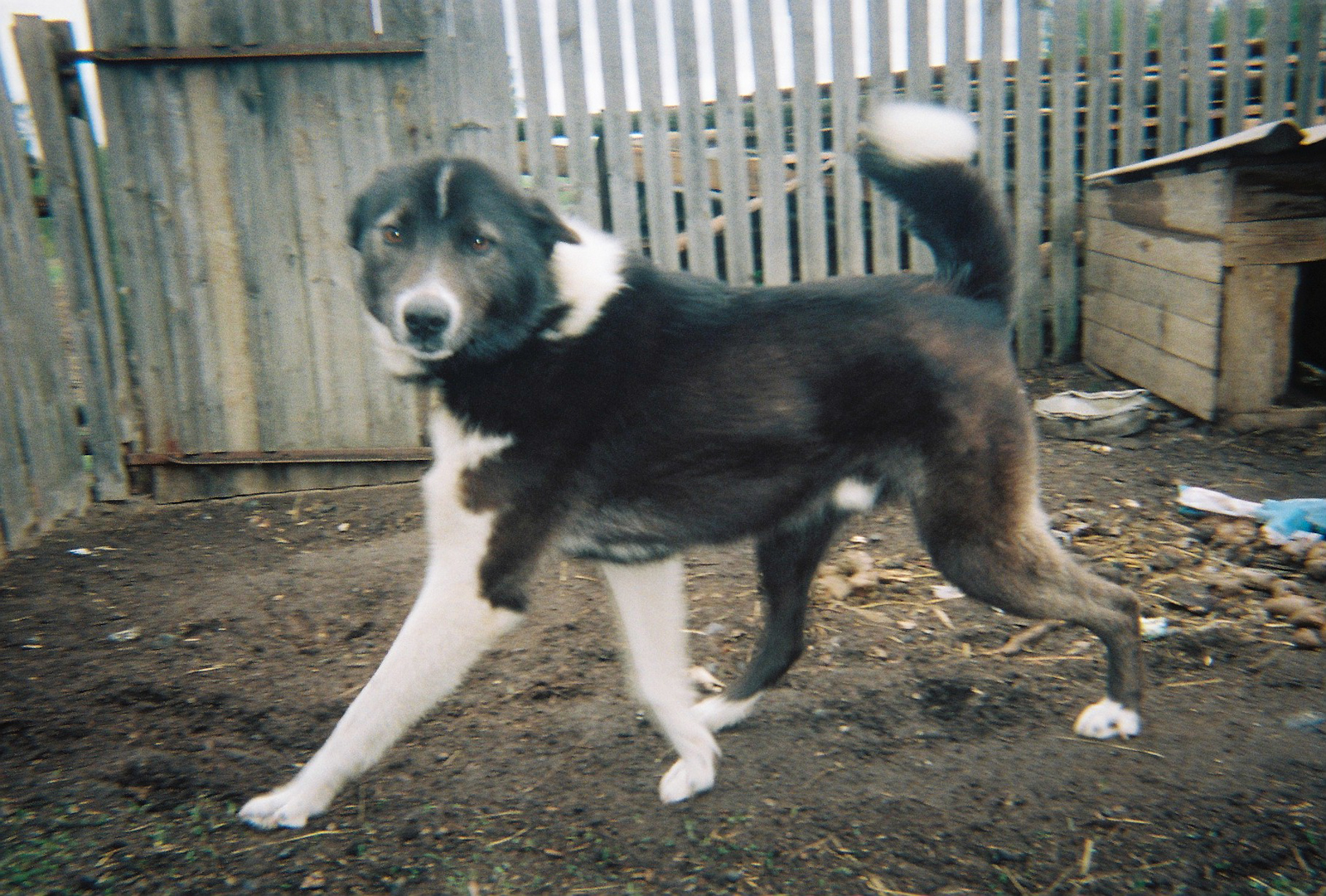
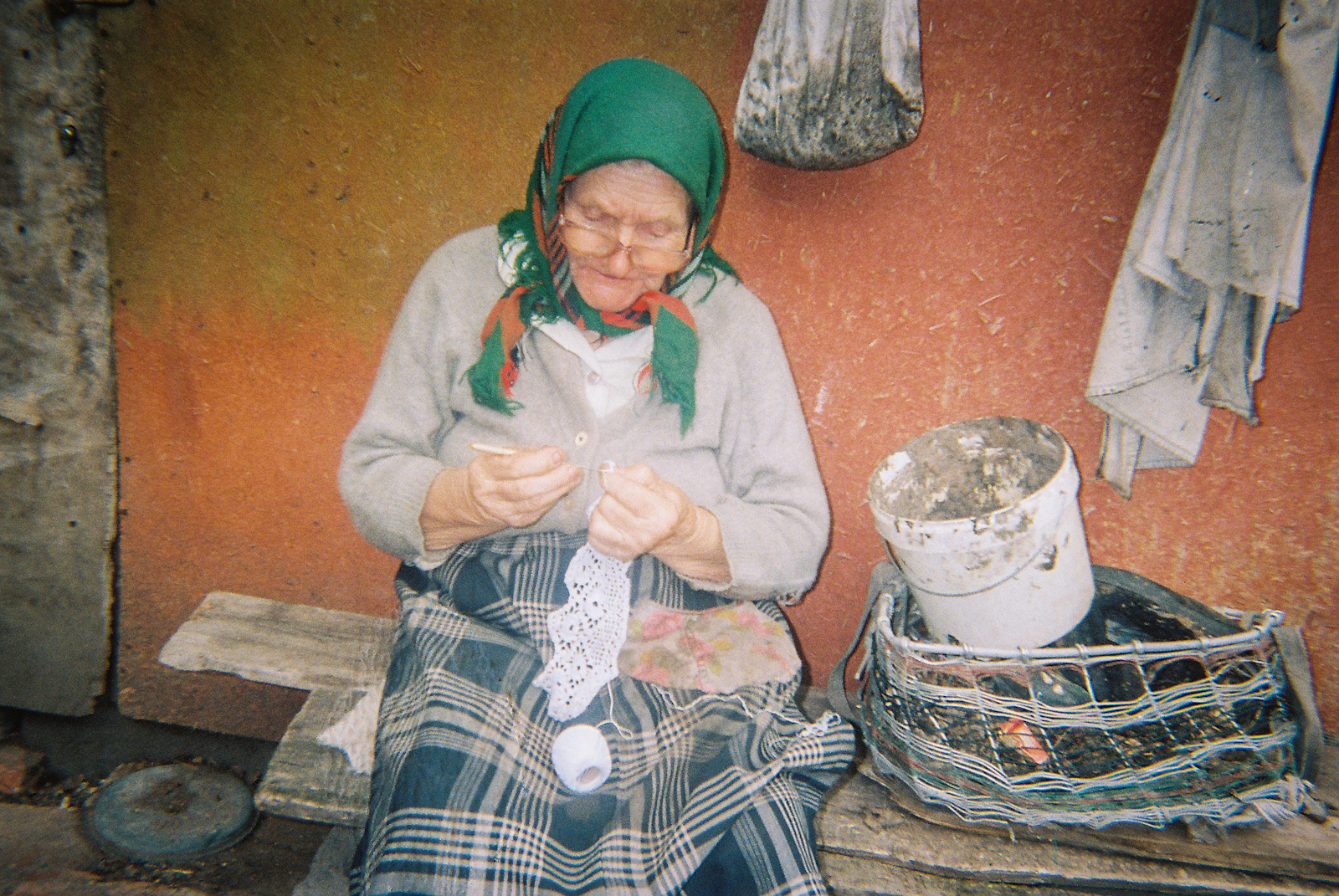
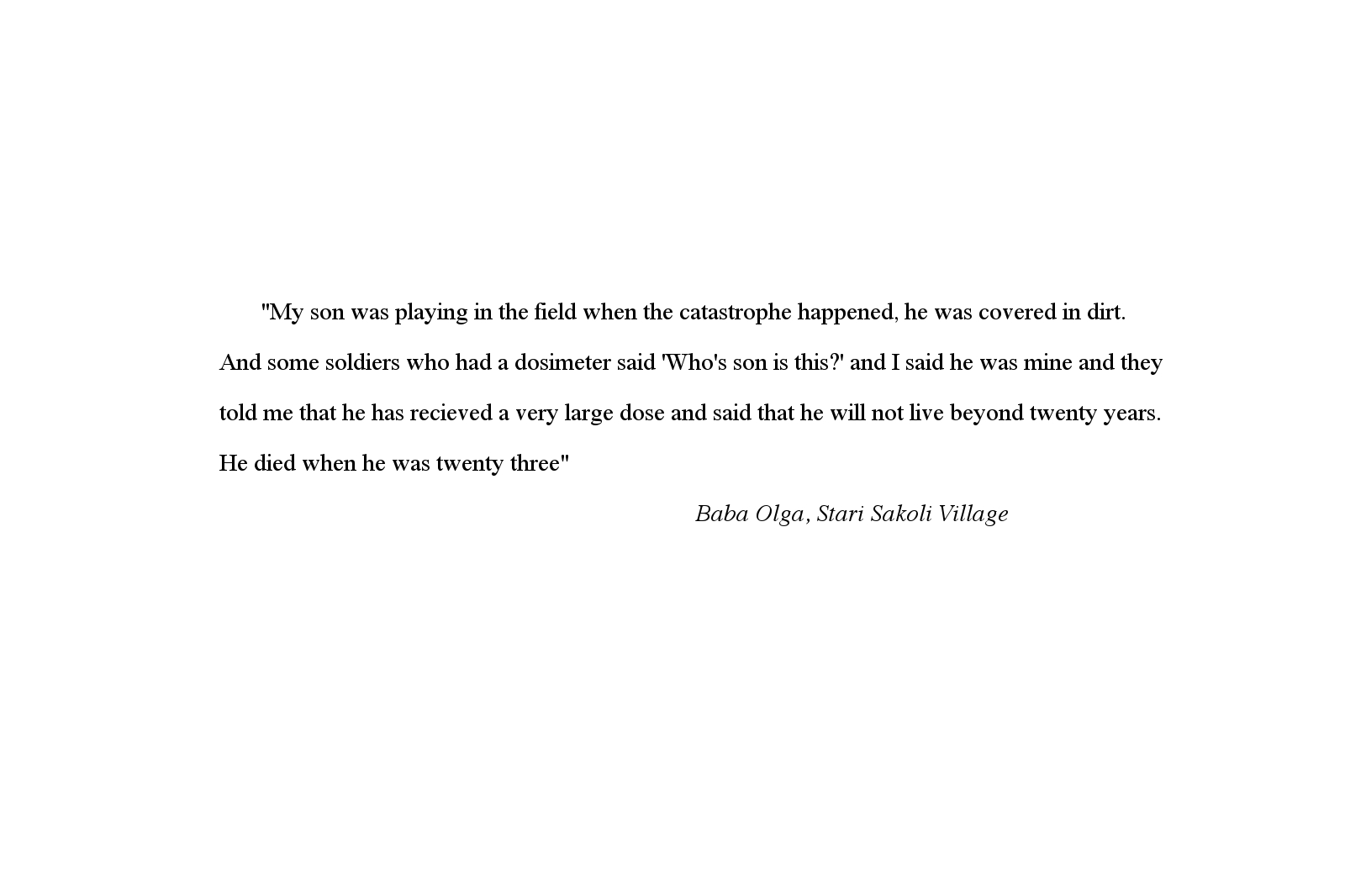
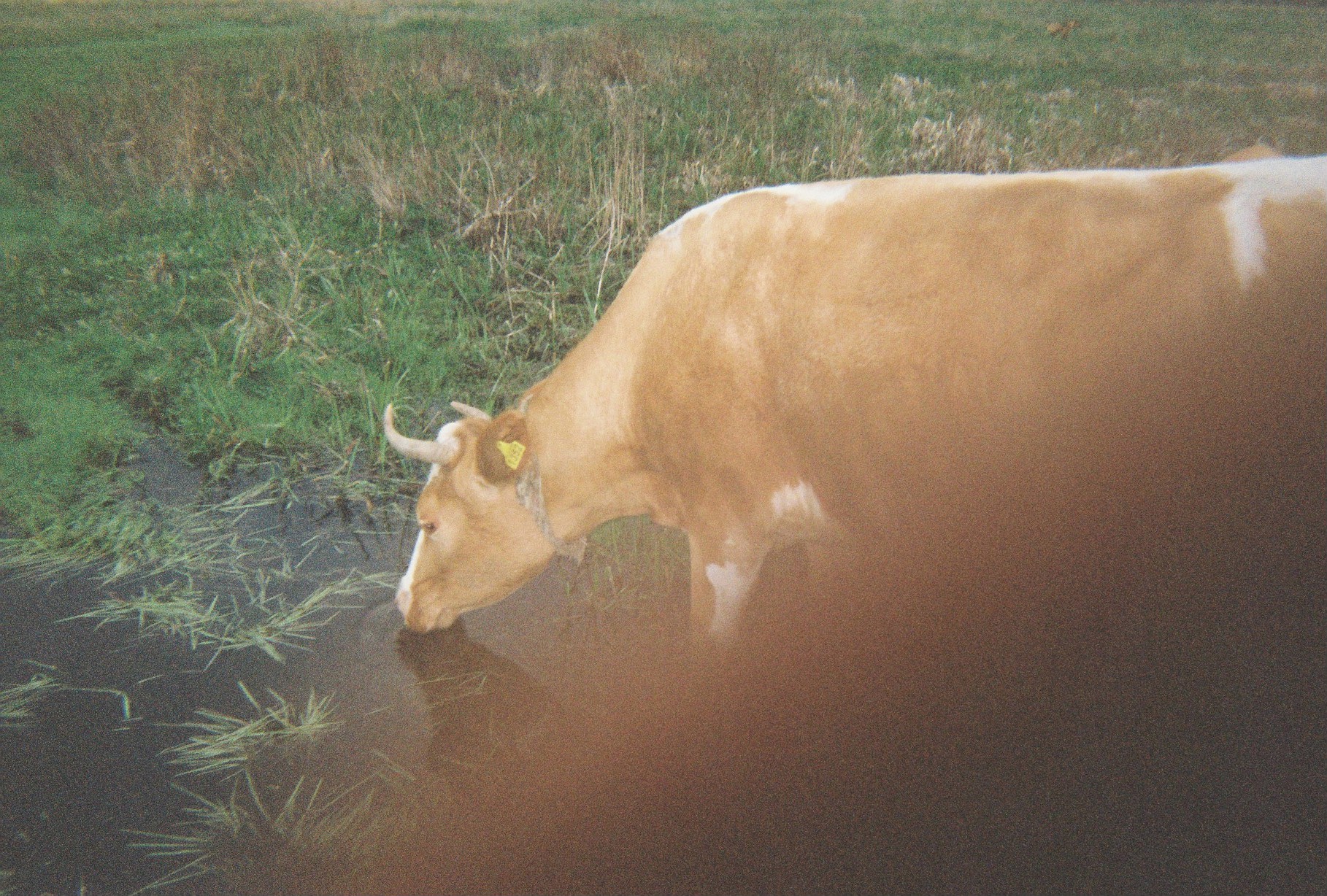
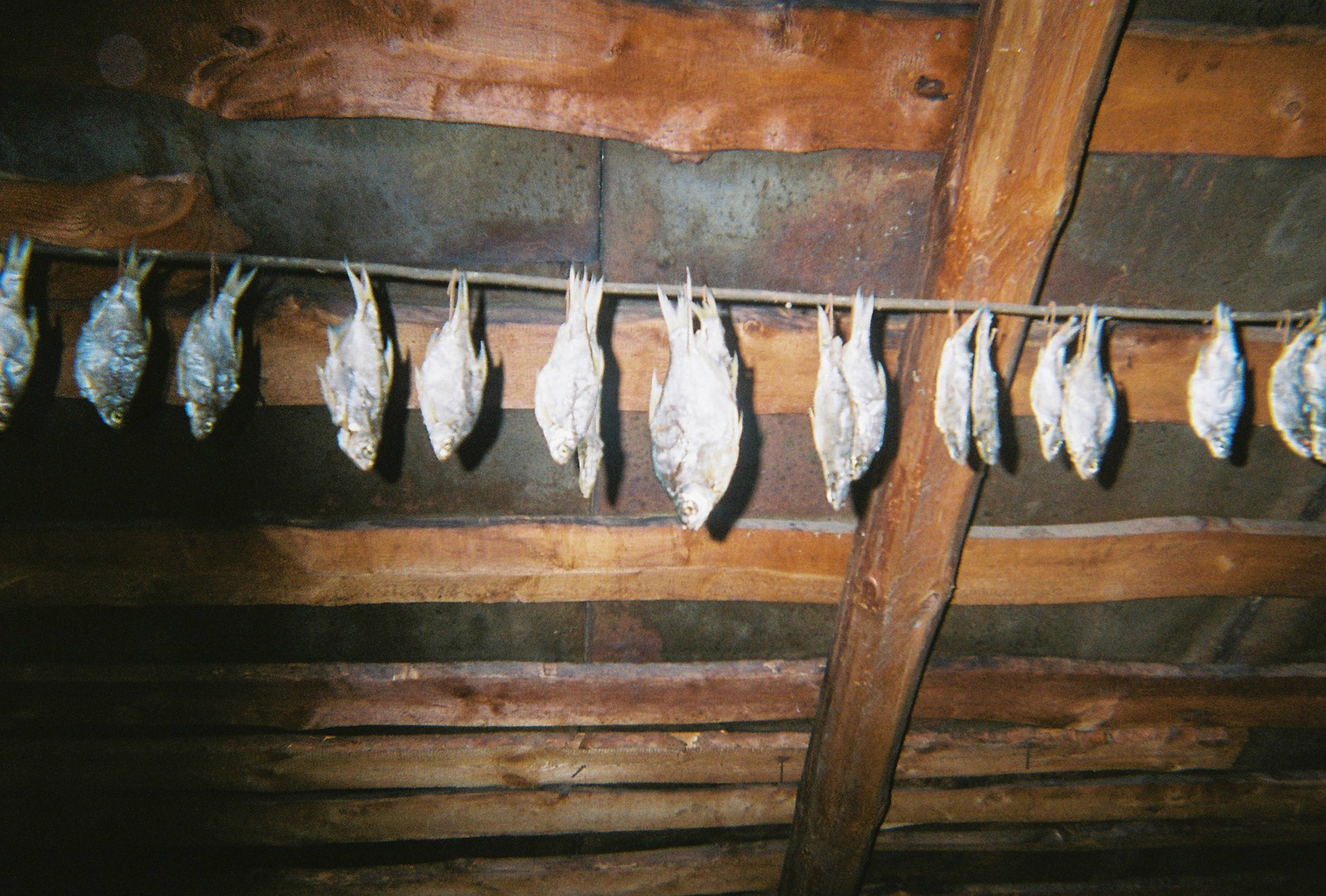
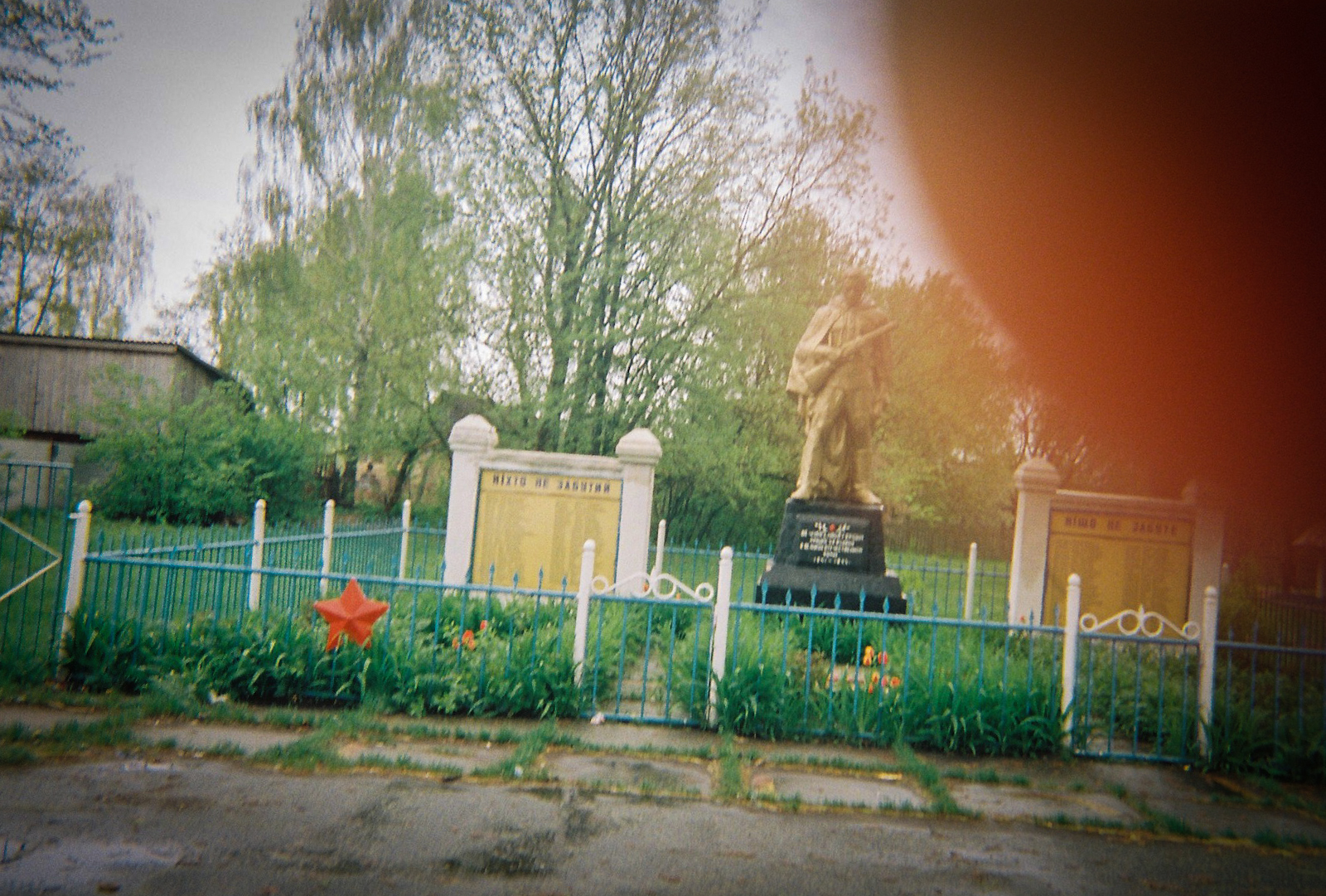
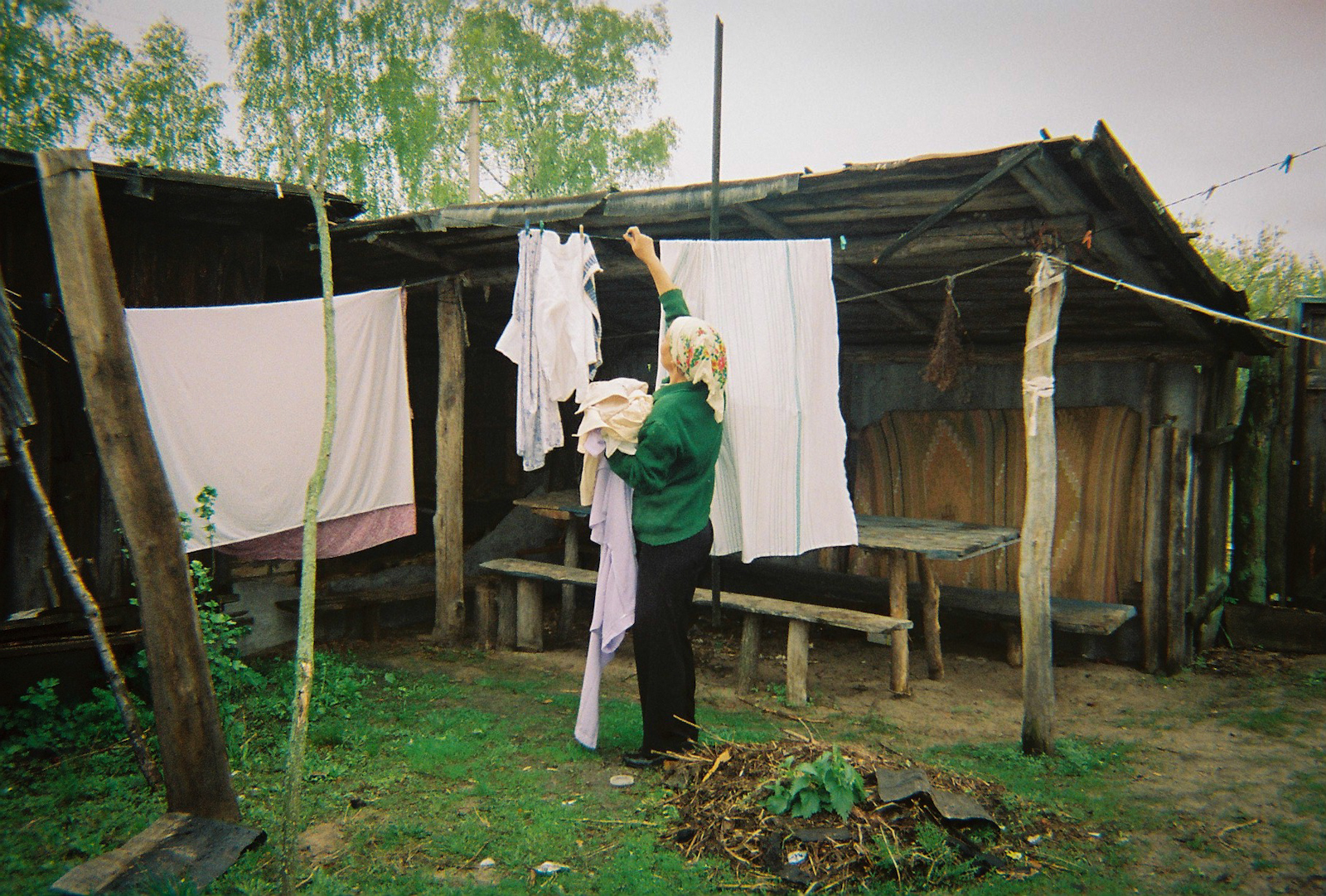
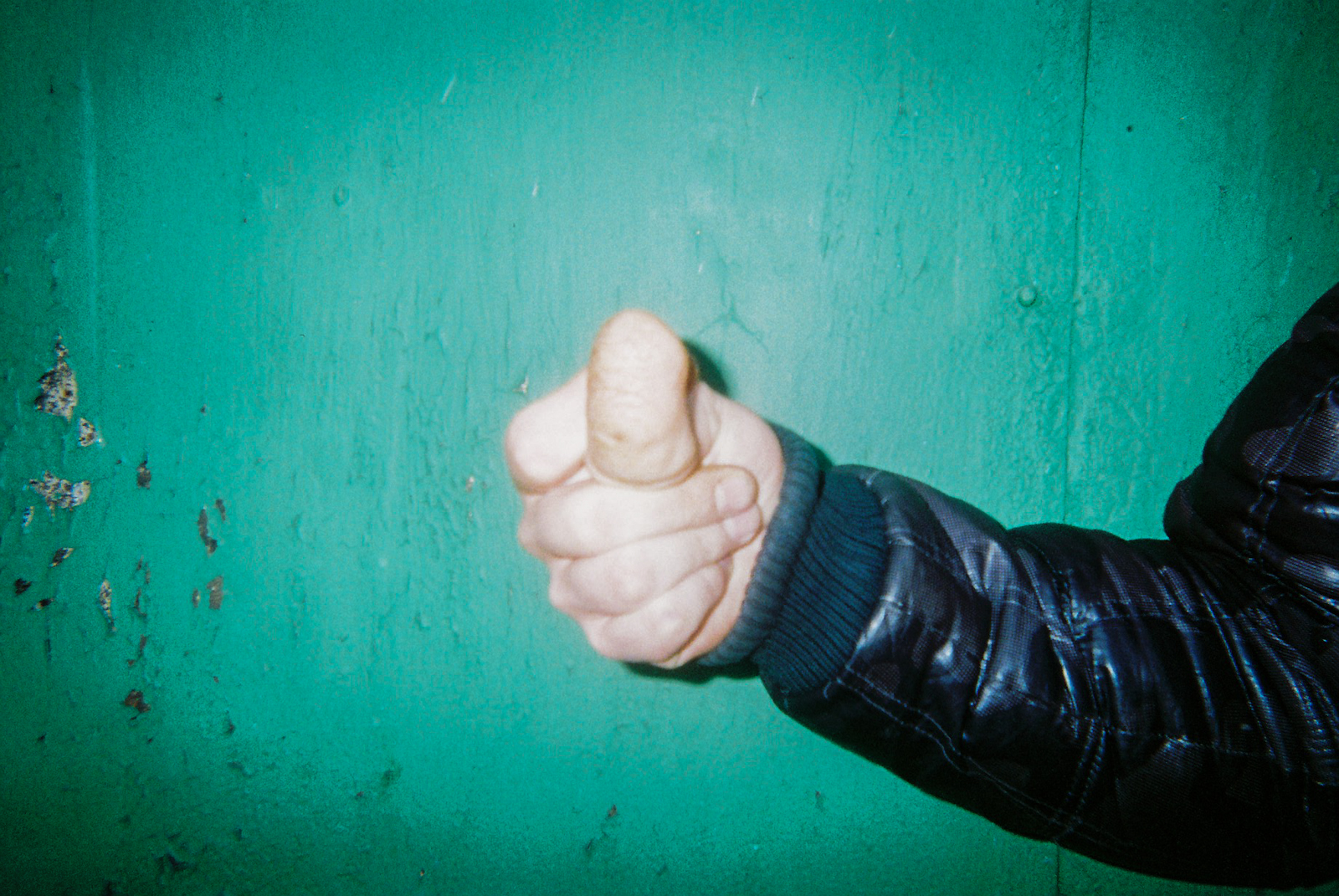
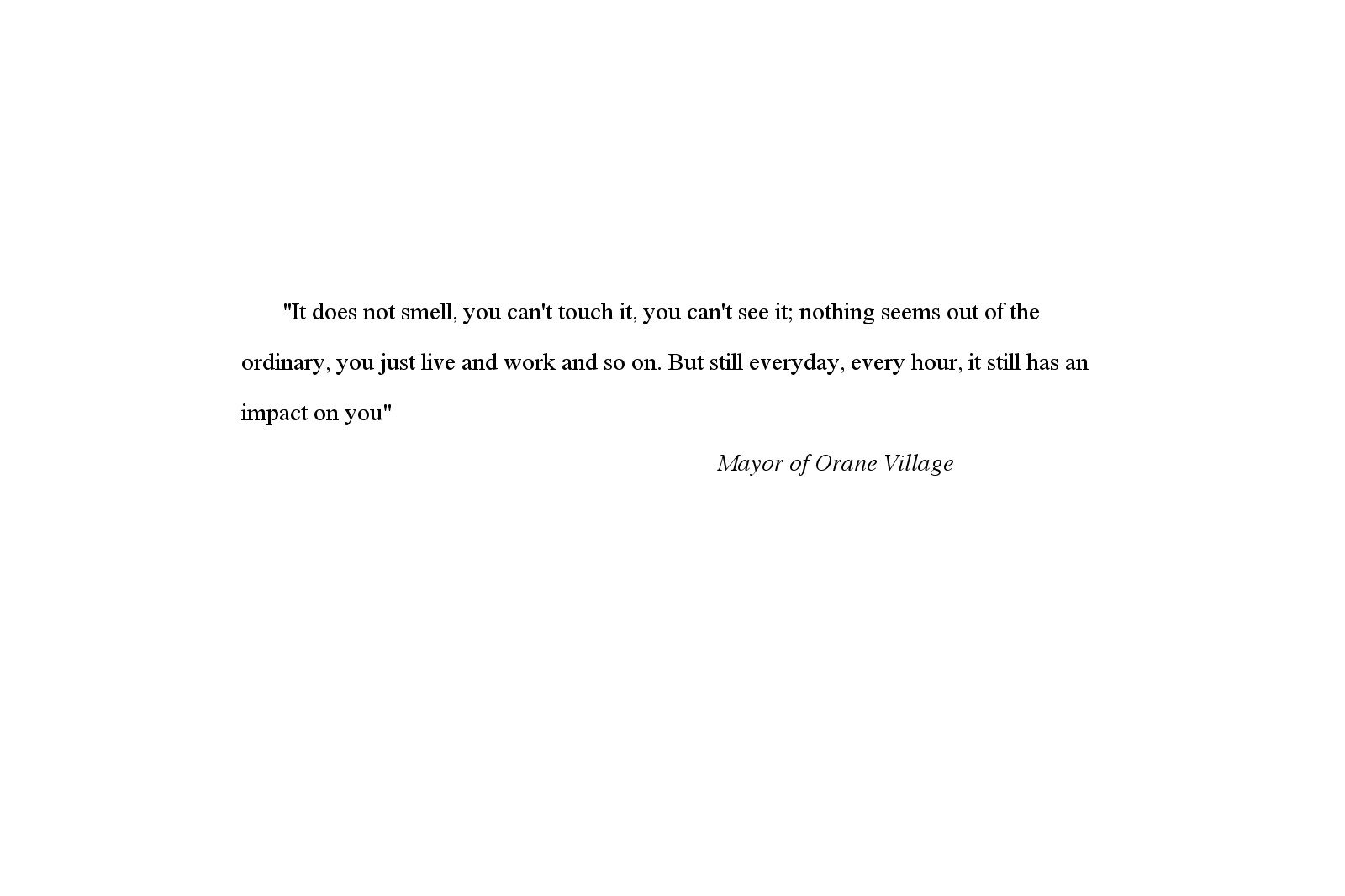
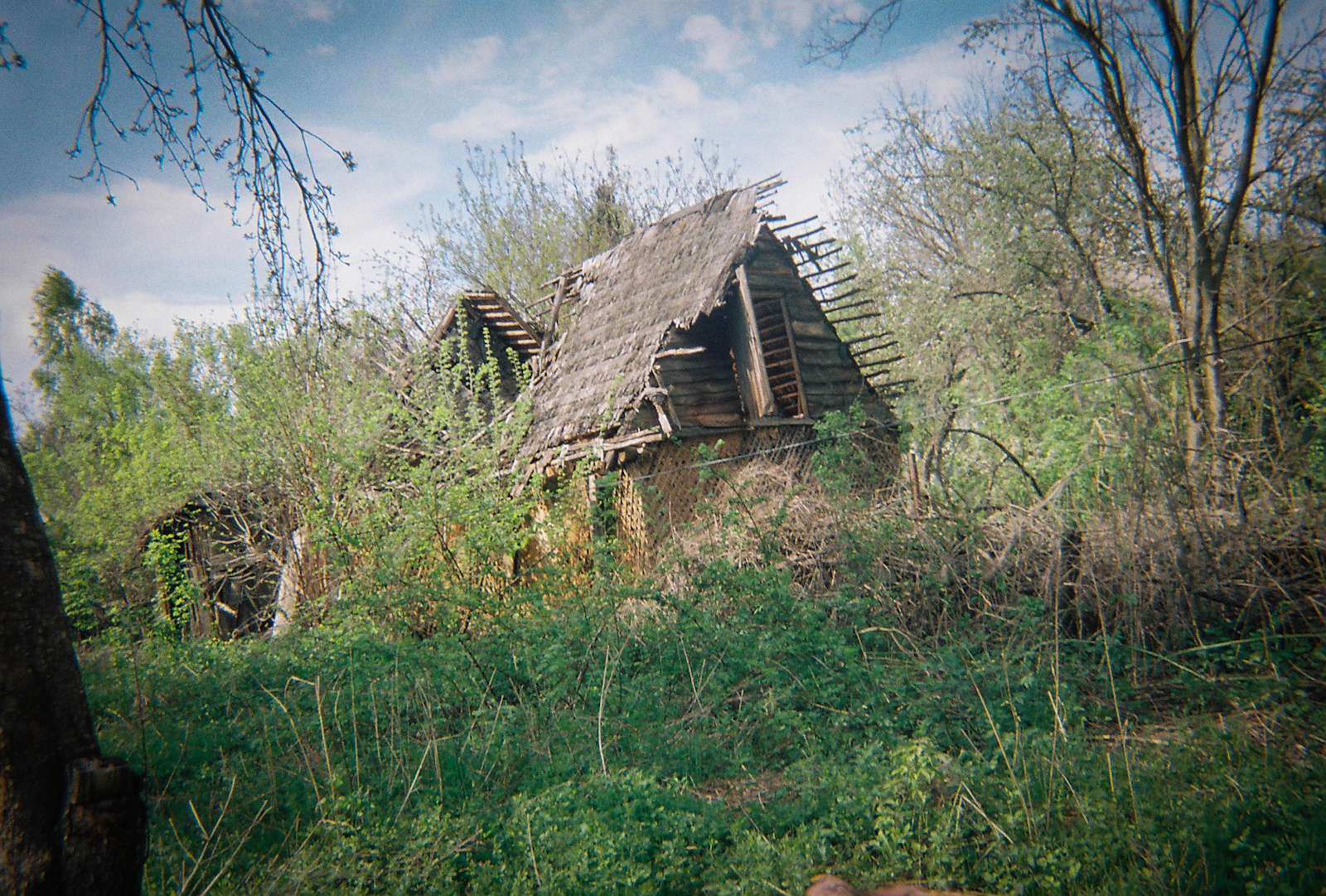
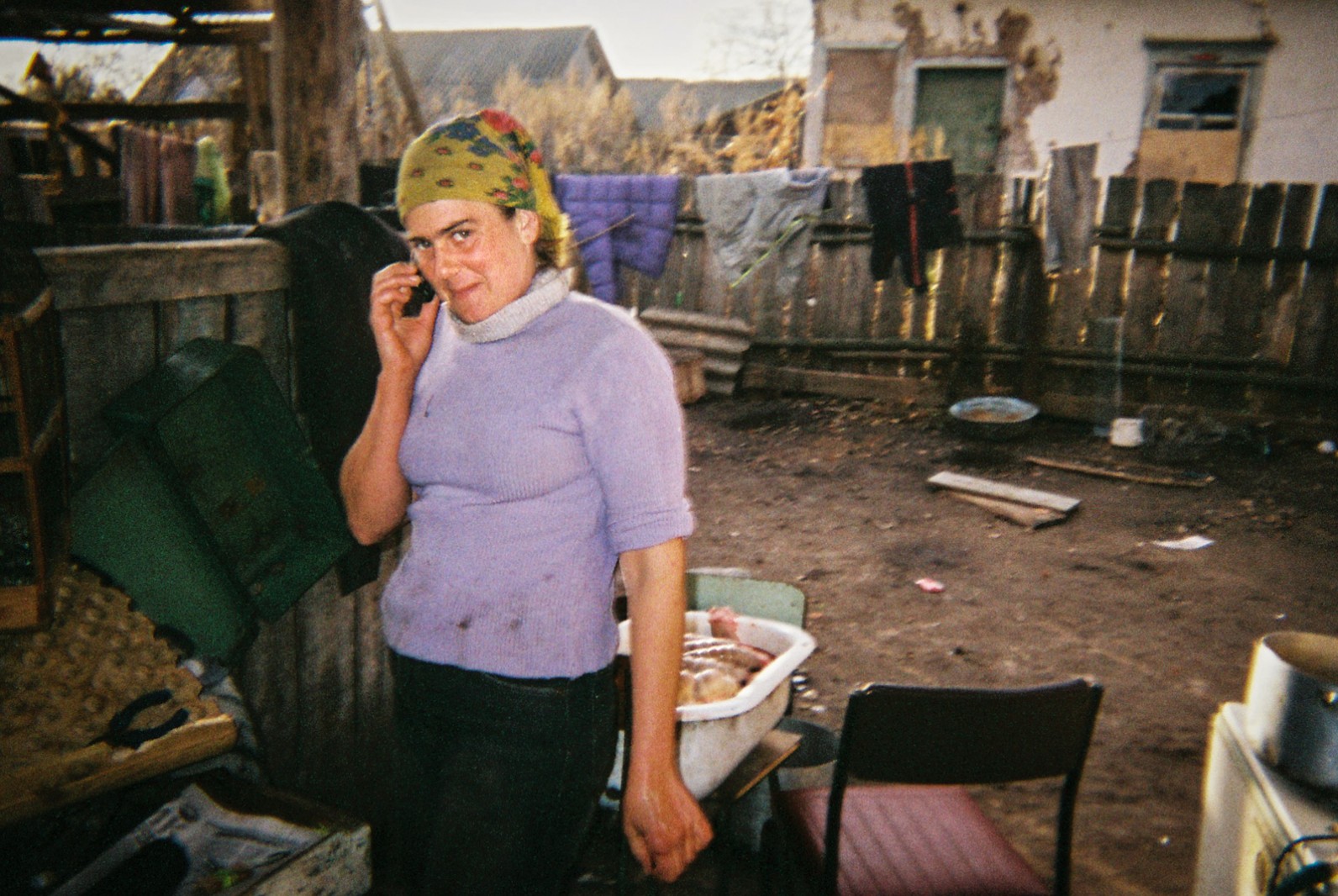
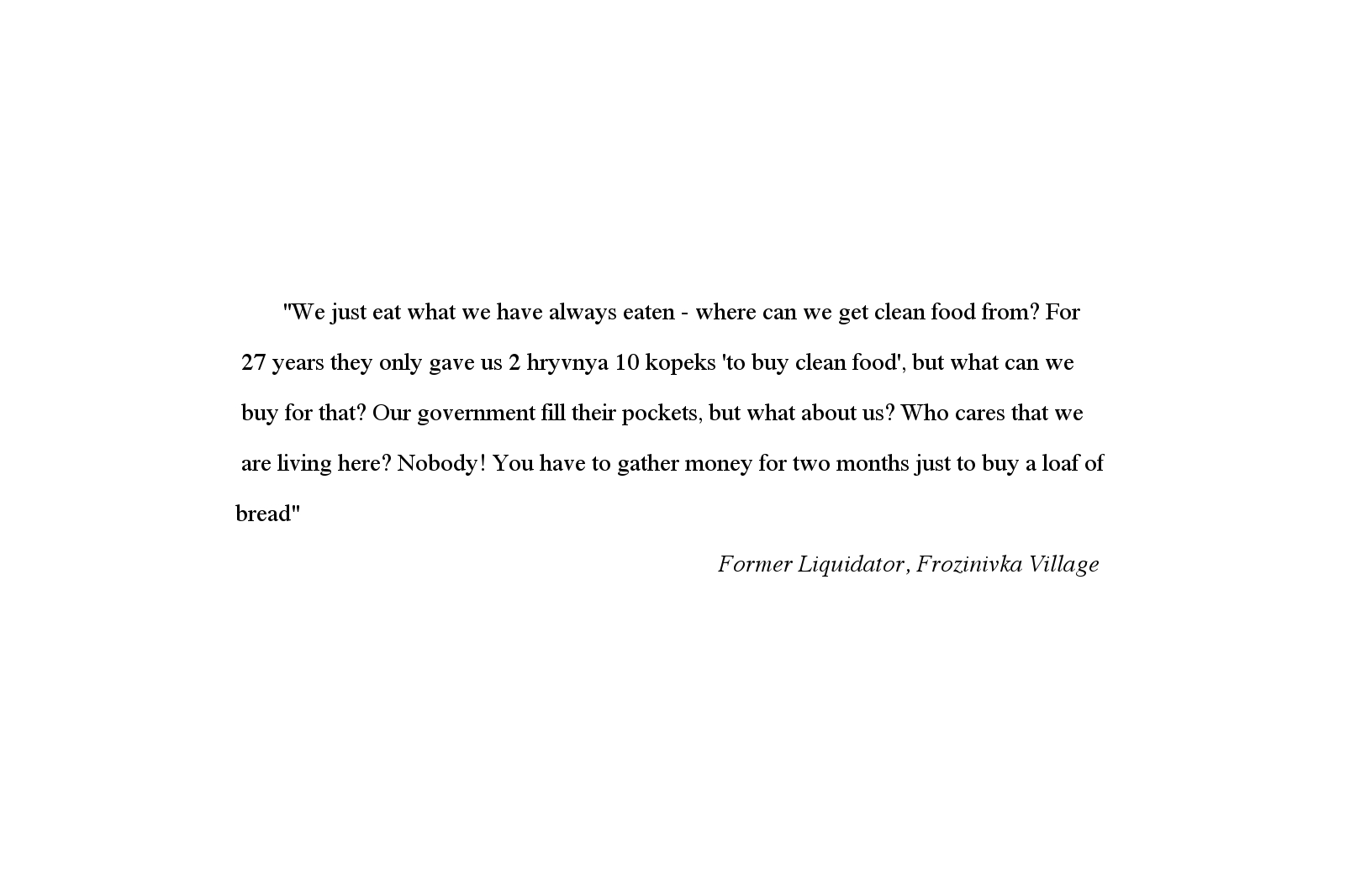
If you are interested in the academic research associated with this ethnographic project, you can read more about it here, here and here. You can follow Thom Davies on twitter here.
Other articles in this Special Issue:
- Editorial: Toxic Visions – Photography and Pollution
- Exposing a Chemical Company
- The Red Forest: Picturing Radiation with Infrared Film
- The derelict afterlives of para-nuclear waste
- Rare Earthenware: photography, pottery, and pollution
- Graveyard of Giants: the Toxic Afterlives of Ships
- Treasure: Landscapes of the U.S. Strategic Petroleum Reserve
- Voyage on the planet: contemplating pollution with Chih Chiu
- Toxic Expertise Annual Workshop 2018
Footnotes
- Reliable estimates on the number of premature deaths caused by Chernobyl vary widely, from 4000 to 90,000 people.
References
Alexis‐Martin, B. and Davies, T., 2017. Towards nuclear geography: Zones, bodies, and communities. Geography Compass, 11(9).
Beck, U., 1987. The anthropological shock: Chernobyl and the contours of the risk society. Berkeley Journal of Sociology, 32, pp.153-165.
Davies, T., 2013. A visual geography of Chernobyl: Double exposure. International Labor and Working-Class History, 84, pp.116-139.
Davies, T. and Polese, A., 2015. Informality and survival in Ukraine’s nuclear landscape: Living with the risks of Chernobyl. Journal of Eurasian Studies, 6(1), pp.34-45.
De Certeau, M. and Mayol, P., 1998. The Practice of Everyday Life: Living and cooking. Volume 2 (Vol. 2). U of Minnesota Press.
Petryna, A., 2013. Life exposed: biological citizens after Chernobyl. Princeton University Press.
